A similar question is posted here.
I have an undirected graph with Vertex V and Edge E. I am looking for an algorithm to identify all the cycle bases in that graph. An example of such a graph is shown below:

Now, all the vertex coordinates are known ( unlike previous question, and contrary to the explanation in the above diagram), therefore it is possible to find the smallest cycles that encompass the whole graph.
In this graph, it is possible that there are edges that don't form any cycles.
What is the best algorithm to do this?
Here's another example that you can take a look at:

Assuming that e1 is the edge that gets picked first, and the arrow shows the direction of the edge.